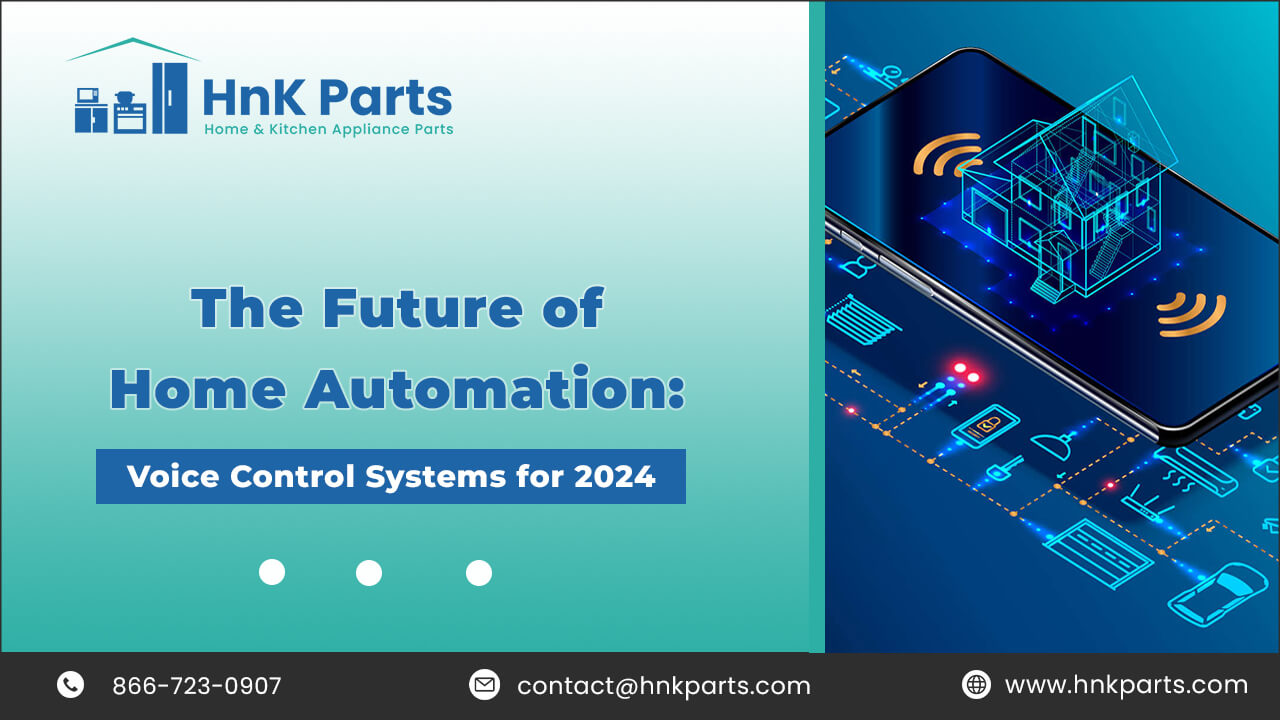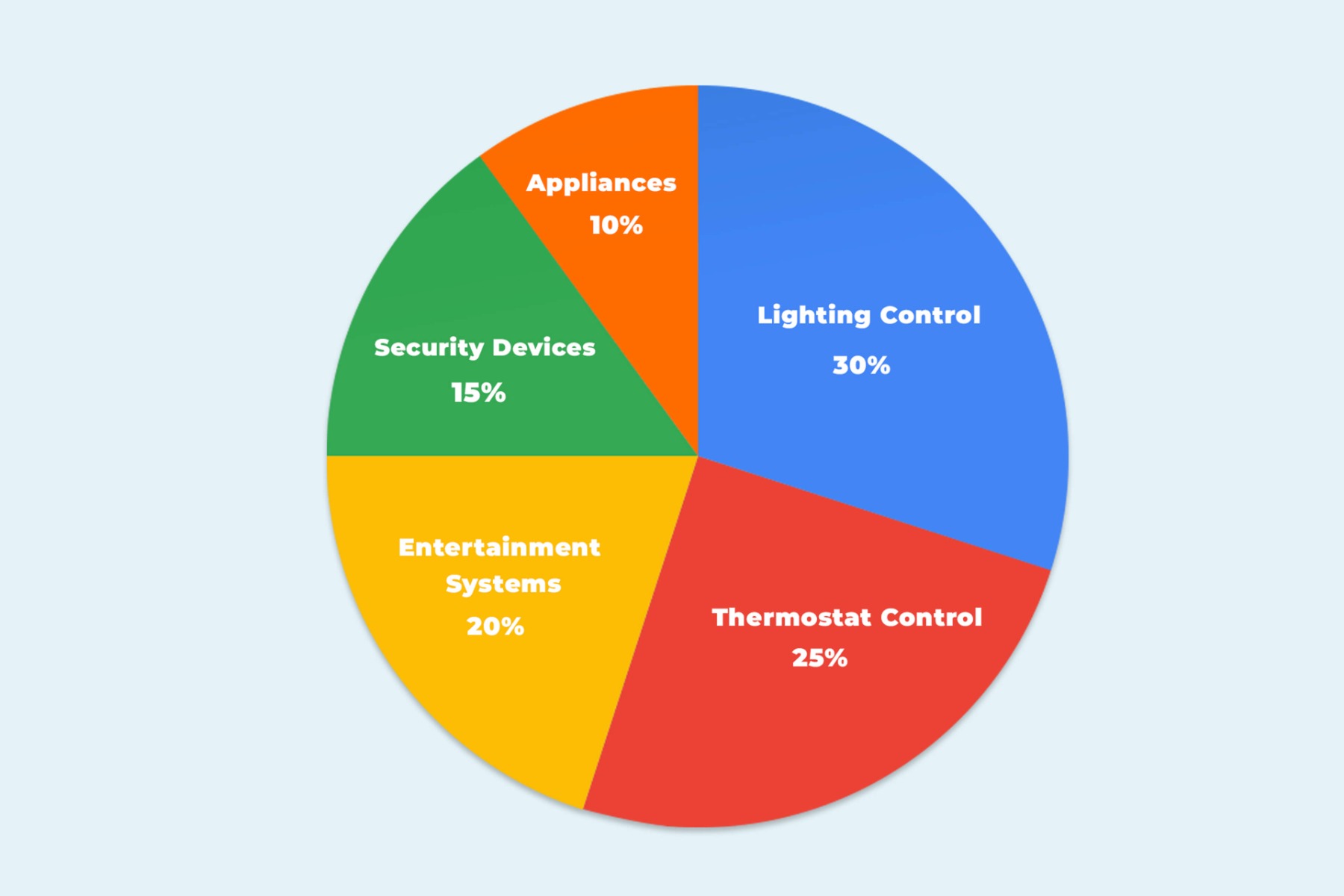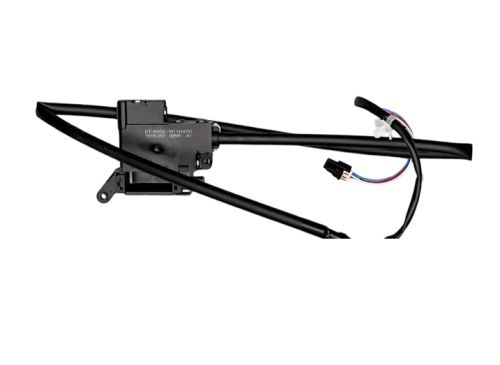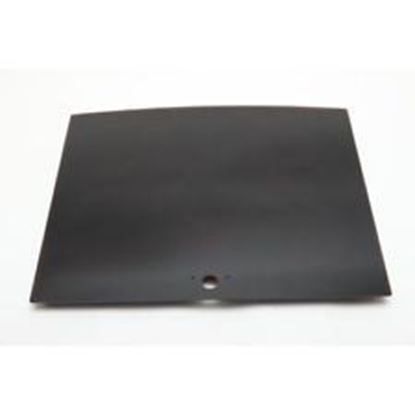
Innovation in Home Automation: Voice Control Systems for 2024
Home automation, also known as smart home technology, has undergone significant evolution in recent years. Initially, home automation was focused on basic remote control of household systems such as lighting, heating, and security. However, with advancements in technology, the concept of home automation has expanded to encompass a wide array of interconnected devices and appliances, offering increased convenience, energy efficiency, and security to homeowners.
Voice control systems represent the cutting edge of home automation, offering hands-free, intuitive control over various smart devices and systems within the home. Utilizing natural language processing and artificial intelligence, voice control systems enable users to interact with their automate smart home devices simply by speaking commands or requests, paving the way for a more seamless and integrated total control home automation experience. As technology advances, voice control systems are poised to become the cornerstone of the future smart home, revolutionizing how individuals interact with and manage their living spaces.
| Table of contents: The evolution of voice-activated control systems Home automation systems, types, and integration Automating the smart home with voice control Considerations for choosing the best system for individual needs Importance of lighting automation in smart homes Future possibilities and advancements in total home automation solutions Considerations for installing voice-controlled home automation systems |
The evolution of voice-activated control systems
Voice-activated control systems, also known as voice assistants, are advanced technological platforms that enable users to interact with devices and appliances through spoken commands and natural language. voice controlled home automation holds paramount importance in the realm of home automation by providing a seamless and intuitive interface for controlling a wide range of smart home devices. Their significance lies in simplifying daily tasks, enhancing accessibility, and contributing to a more connected and efficient living environment.
Advantages of voice control over traditional methods
|
Aspect |
Voice Control |
Traditional Methods |
|
Convenience |
Offers a hands-free approach, simplifying tasks |
Requires physical interaction with devices |
|
Accessibility |
Provides an inclusive means for individuals with mobility impairments |
May pose challenges for those with mobility issues |
|
Integration |
Facilitates the integration of diverse smart devices |
May require multiple interfaces for different devices |
|
Natural Interaction |
Mimics human communication for intuitive control |
Relies on manual input methods |
Anticipation of improvements and innovations by 2024
By 2024, advancements in voice-activated control systems are anticipated to encompass enhanced natural language processing capabilities, improved contextual understanding, and seamless integration with an even broader range of smart home devices. Anticipated improvements also include greater personalization, increased security, and privacy features, and expanded functionality through integrations with emerging technologies such as augmented reality and advanced machine learning algorithms, further solidifying voice control systems as the cornerstone of smart home automation.
Home automation Systems, types, and integration
Home automation involves the use of technology to automate and control household systems and appliances, offering numerous benefits and Optimizing energy usage through smart lighting, heating, and appliance control. Enhanced home security through smart locks, cameras, and alarm systems. Automated climate control and entertainment systems for a more comfortable living environment.
Different types of home lighting automation are available.
- Smart lighting systems: These systems allow users to control lighting remotely, set schedules, and adjust brightness, contributing to energy savings and home security.
- Smart heating and cooling systems: Automated thermostats and HVAC systems optimize energy consumption based on occupancy and preferences.
- Home security and surveillance systems: Integrated cameras, sensors, and alarms provide comprehensive home security and surveillance solutions.
- Smart appliances and entertainment systems: Automated appliances and entertainment devices can be controlled remotely or through voice commands for added convenience.
The evolution of home automation technology is increasingly focused on integrating voice control systems to offer a more intuitive and seamless user experience. This integration allows users to interact with their smart home devices using natural language, enhancing accessibility and convenience. The shift towards voice control signifies a progression towards more user-friendly and interconnected automated smart home ecosystems, promoting a future where homes are effortlessly managed through simple voice commands.
Automating the smart home with voice control
voice-activated control system enhances the automation of smart homes by providing a natural and intuitive interface for managing various devices and systems. It simplifies the process of controlling smart home devices, offering convenience, accessibility, and a seamless user experience. With voice commands, users can effortlessly adjust settings, receive information, and execute tasks, transforming the way they interact with their smart home ecosystem.
Examples of tasks and devices that can be controlled via voice commands include:
- Lighting control: Turn lights & lamps on or off, adjust brightness, and change lighting colors.
- Thermostat control: Set the temperature, adjust heating or cooling modes, and check the current temperature.
- Entertainment systems: Play music, adjust volume, or control video streaming devices.
- Security devices: Arm/disarm security systems, lock doors and check security camera feeds.
- Appliances: Start or stop specific appliances, such as a coffee maker or robotic vacuum.
Distribution of automation preferences in smart homes
Below is the distribution of automation preferences in smart homes, represented in a pie chart generated by AI. The breakdown of automation preferences in smart homes shows that the most preferred types of automation are lighting control and thermostat control followed by entertainment systems, security devices, and appliances.

Considerations for choosing the best system for individual needs
|
Consideration |
Description |
|
Device compatibility |
Ensure the system is compatible with existing and future smart devices you plan to integrate. |
|
Features |
Consider specific features such as security, energy efficiency, or entertainment control based on your needs. |
|
Ease of use |
Opt for a system with an intuitive interface and user-friendly controls for seamless operation. |
|
Scalability |
Choose a system that can grow with your needs and accommodate additional devices or functionalities. |
|
Budget |
Evaluate the cost of the system, including any subscriptions or fees, to align with your budget constraints. |
Importance of lighting automation in smart homes
Lighting automation plays a crucial role in smart homes, offering automated home lighting automation that can optimize energy usage by adjusting brightness, turning off lights in unoccupied rooms, and integrating with natural light sources. Lighting automation can simulate occupancy, enhance home security, and create customized lighting scenes for different scenarios.
Voice control improves lighting automation by offering a hands-free, user-friendly interface for controlling lights. Users may simply turn lights on and off, adjust brightness, and create lighting scenarios with voice commands, increasing convenience and energy savings. This integration enables smooth control of lighting systems without the use of physical switches, resulting in a more intuitive and seamless smart home experience. Voice-controlled lighting systems interface effortlessly with home automation solutions, creating a holistic and linked smart home ecosystem. Users can utilize voice commands to control lighting as well as other smart devices and systems, resulting in personalized automation routines and an improved overall smart living experience. These systems not only provide convenience but also help to save energy and promote environmental sustainability through optimal lighting control.
Amazon has had a huge impact on the home automation market with its voice-activated virtual assistant, Alexa, and a variety of compatible smart home products. The Alexa ecosystem provides seamless connections with various smart lighting solutions, allowing customers to manage their lights using voice requests. Furthermore, Amazon's smart home hub, Echo, is a central control point for smart home products such as lighting systems. Amazon Home Automation continues to innovate and expand its services, accelerating the adoption of voice-controlled and interconnected home automation solutions.
Future possibilities and advancements in total home automation solutions
The future of total home automation solutions holds the promise of several advancements, including:
|
Advancement |
Description |
|
Enhanced interconnectivity |
Seamless integration with emerging technologies for comprehensive control over a wider range of smart home devices. |
|
Advanced artificial intelligence |
AI-driven automation learns and adapts to users' preferences for a personalized smart home experience. |
|
Predictive automation |
Systems automate tasks based on contextual cues, time of day, and patterns of behavior, anticipating user needs. |
|
Energy optimization |
Focus on optimizing energy usage through intelligent algorithms and sensors, promoting energy efficiency. |
|
Security and privacy |
Prioritizing enhanced security measures to protect against vulnerabilities and ensure user privacy and safety. |
|
Voice and gesture control integration |
Evolving systems integrate voice and gesture control for more intuitive and natural interactions. |
Refer: 12 Most Common Appliance Problems & Solutions
Considerations for installing voice-controlled home automation systems
When choosing home automation installation services, it's important to consider the following:
- Device compatibility: Ensure that the home automation controller is compatible with your existing smart home devices and the devices you plan to add in the future.
- Network infrastructure: Assess the strength and coverage of your Wi-Fi network to ensure seamless connectivity for all smart devices, including the voice-controlled system.
- Power outlets and placement: Consider the placement of the smart home automation controller device and ensure it is located near an easily accessible power outlet.
- Room acoustics: Evaluate the acoustics of the rooms where the voice-controlled devices will be installed to ensure optimal voice recognition and responsiveness.
- User preferences: Customize the voice-controlled system to recognize the voices and accents of all household members for a personalized and inclusive user experience.
Integration tips for ensuring seamless operation with existing devices
To ensure seamless operation with existing devices, consider the following integration tips:
|
Integration Tip |
Description |
|
Compatibility assessment |
Verify compatibility between the voice-controlled system and existing smart devices for effective communication. |
|
Software updates |
Update firmware and software of existing devices to ensure compatibility with the voice-controlled system. |
|
Hub integration |
Ensure the smart home hub supports the voice-controlled system, acting as a central control point for all devices. |
|
Smart scenes and routines |
Configure smart scenes and routines encompassing all devices for the execution of complex commands. |
|
User training |
Familiarize household members with the system and its integration to ensure effective utilization of features. |
In the future of home automation, in 2024, voice control systems will emerge as a pivotal component in revolutionizing the way we interact with our living spaces. The seamless integration of voice commands not only enhances convenience and energy efficiency but also offers unprecedented levels of personalization and control. With continued advancements in technology, such as improved natural language understanding, enhanced security features, and expanded device compatibility, voice-controlled home automation business systems are poised to redefine the concept of smart living. By embracing these innovations and considerations for installation and integration, homeowners can truly achieve a comprehensive and interconnected smart home experience that elevates comfort, efficiency, and security in the years to come.
FAQs
What advancements in voice control technology can we expect by 2024?
Advancements in voice control technology by 2024 include improved natural language understanding, enhanced security features, expanded device compatibility, and advanced personalization capabilities.
Are voice control systems compatible with existing home automation devices and platforms?
Yes, voice control systems are designed to be compatible with existing home automation devices and platforms, allowing for seamless integration and operation.
Can voice control systems be customized to recognize different users and respond to personalized commands?
Voice control systems can be customized to recognize different users and respond to personalized commands, ensuring a tailored and inclusive smart home experience.
What factors should homeowners consider when choosing and installing voice control systems for their homes?
Homeowners should consider factors such as device compatibility, network infrastructure, placement, room acoustics, and user preferences when choosing and installing voice control systems for their homes.













